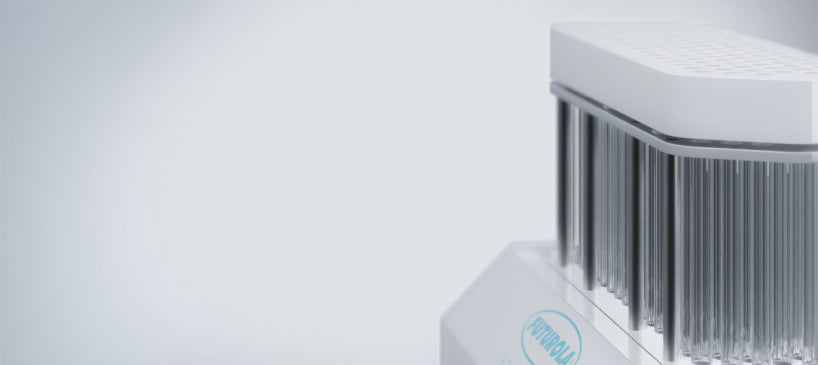The focus of customers when buying vitamins and supplements has always been the contents of the pill bottles. However, in today’s market, buyers are starting to ask questions about the bottles and sachets used to package these products and how eco-friendly the industry’s operations are.
For instance, traditionally, vitamins are sold in single use packages, usually plastic and made in non-biodegradable material. With this system, the industry was contributing a good amount of harmful waste and damaging the environment. However, today, there are a number of green solutions to cut down the carbon footprint of the companies that make these vitamins and supplements.
Factors Behind Increasing Demand for Sustainability
The primary driver behind the shift to sustainable health trends is still consumers’ interests. All industries are adopting one eco-friendly practice or the other to keep up with the changing business climate.
New Consumer Expectations
For some years now, sustainability-driven groups have been clamoring for consumers to choose products made with sustainable practices over those that weren’t. This was in a bid to get more people to force the manufacturers to commit to saving the environment. In the present market, there are more eco-conscious buyers than ever before, making decisions based on factors like packaging and eco-friendly certifications.
The effects of climate change are getting more real and it is radicalizing buyers to start making more eco-conscious decisions even when buying products like vitamins and supplements.
Health and Environmental Alignment
In the market today, there is an informal belief that a business’s commitment to environmental protection reflects its dedication to wellness and quality. With this, buyers tend to trust businesses that prove that their carbon footprint is low over those that use traditional packaging methods.
The trust gained here is essential for building brand loyalty. When a buyer trusts a business, they become repeat customers based on the trust that has been built between the buyer and the brand.
Innovative Materials Reforming the Future of Packaging
These are some of the green packaging innovations that have made sustainable packaging possible for vitamins and supplements. Businesses can switch to any one of these options based on what works for them best. These are the top eco-friendly materials being used by manufacturers worldwide.
Recyclable Plastics
Not all plastics have to contribute to harmful waste. Some builds can be recycled and reused over and over again. PET (Polyethylene Terephthalate) and HDPE (High-Density Polyethylene) are the most popular materials in the world of eco-friendly plastics because of their recyclable features. In addition, they are also lightweight, so they cut down the amount of energy used in production and transportation.
Another common technique being used by brands across all industries is the adoption of post consumer recycled materials. Businesses create a closed loop where their containers get back to them and are reprocessed to be used for new products over and over again.
Glass
The drive for sustainable packaging has brought a new interest in using glass for storing vitamins and supplements. Not only are they reusable and a lot better for the environment than traditional plastic packaging, but glass packages also have a premium feel to them.
One top brand using this technique for eco-friendly packaging is Nutrafol. Buyers here get the product in neat glass jars and can buy refill pouches to reuse the container.
Biodegradable and Compostable Materials
Materials that can be dissolved in living organisms like bacteria are safe for the environment because they never become harmful waste. A lot of research has been done to make biodegradable materials into containers for packaging goods. There are edible containers, bioplastics and lots more that are being used by manufacturers today.
Challenges Slowing Down Recyclable Packaging
Even though there have been a number of leaps in the world of eco-friendly packaging, there are still challenges slowing down the total switch from harmful product packaging. These are some of the issues affecting recyclable packaging in particular.
- The expensive transition from the traditional method to the adoption of a recycling system
- Limited access to advanced recycling systems in certain regions
- Consumer confusion about what can and cannot be recycled
Conclusion on Recyclable Packaging for Vitamins and Supplements
There are a number of advantages for businesses that switch to sustainable packaging methods for their vitamins and supplements. With advancements in technology, there are a number of options available for consideration here. Following the simple steps and making the switch will be a step in the right direction for the business, its customers, and the environment.



















